The first National Museum of Transport and Communication was unveiled fifty years ago on June 26 in the city of Ruse (Northeastern Bulgaria). The museum is situated in the building of the first Bulgarian railway station. Zlatina Stefanova who is an expert in Traditions and Tourism department of the Bulgarian State Railways told Radio Bulgaria details about the 50th anniversary of the museum.
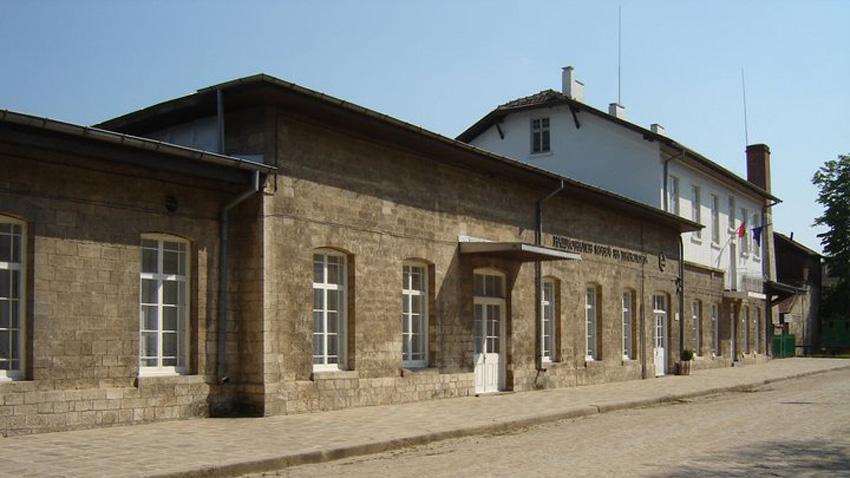
What was the first railway built on Bulgarian territory?
“The construction of the first railway line connecting Ruse and Varna was carried out by Barkley Brothers Company. The contract was signed in October 1863. Railway construction on Bulgarian territory started on May 21, 1864. The first railway between Ruse and Varna was officially unveiled two years later on November 7, 1866. The construction of that railway had positive effect on the development of all towns and villages situated nearby, especially the railway stations in Ruse and Varna, because the ports in those Bulgarian cities developed significantly”, Zlatina Stefanova explains.
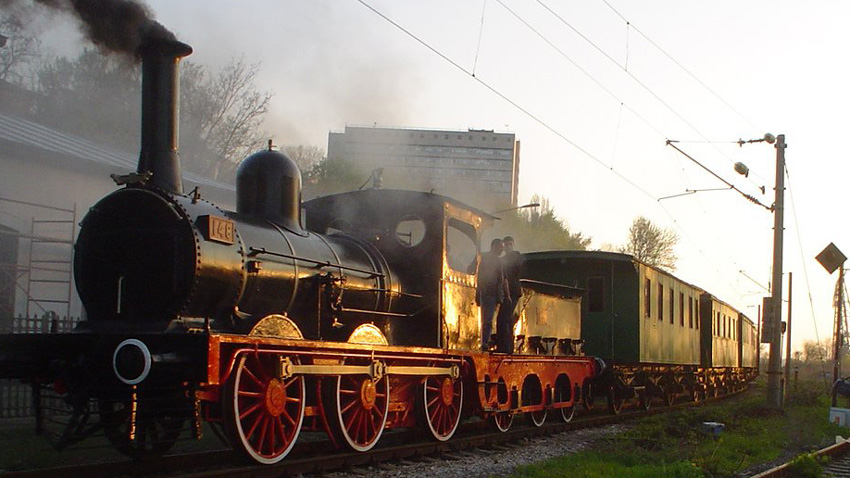
“The railway construction that started in Turkey coincided with the liberation movement against the Ottoman rule in Bulgaria", Zlatina Stefanova went on to say. "Vasil Levski who was ideologist and organizer of the national revolution urged the members of the revolutionary committees to participate at the construction and the management of the railways, so they could use those railway lines during the future revolution. That is why many of the leaders of the April National Uprising in 1976 were railway workers. Todor Kableshkov was a station master of Belovo train station. Zahari Stoyanov worked at Simeonovgrad (Tarnovo-Seymen) train station. Ilarion Dragostinov worked as a telegraphist in a train station in Ruse and Georgi Ikonomov was a shunter in the train stations in Ruse, Tarnovo-Seymen and Edirne.”
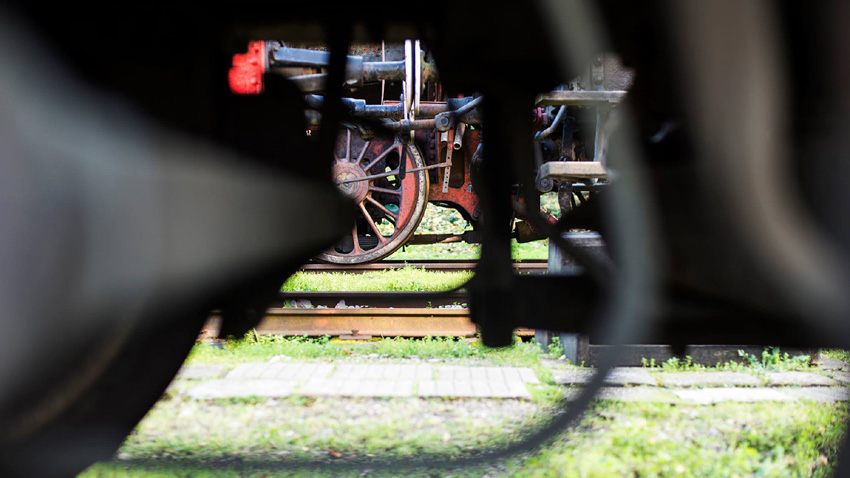
What was the role of the railway transport in the period following Bulgaria's liberation in 1878 and what were the plans of the Bulgarian authorities about the new railway lines?
“The public figures of the period following the liberation of Bulgaria from the Ottoman Rule realized their historical responsibility and laid the foundations of the country's railway policy - the railway network had to cover all Bulgarian districts and the state had to gain full possession of them. The state authorities were working in that direction when Petko Karavelov was elected Prime Minister of Bulgaria. He tabled the Railways Act to the National Assembly, which was adopted on February 18, 1885. According to that law, the state gained possession of the railways in that country and the construction of railway lines had to be carried out only after a permission of the Bulgarian Parliament. This was the time when the Bulgarian State Railways were founded. A Bulgarian construction company headed by engineer Ivan Grozdev started the construction of Tsaribrod-Sofia-Vakarel railway line. The one hundred and six kilometer-long railway was completed on June 23, 1888.”
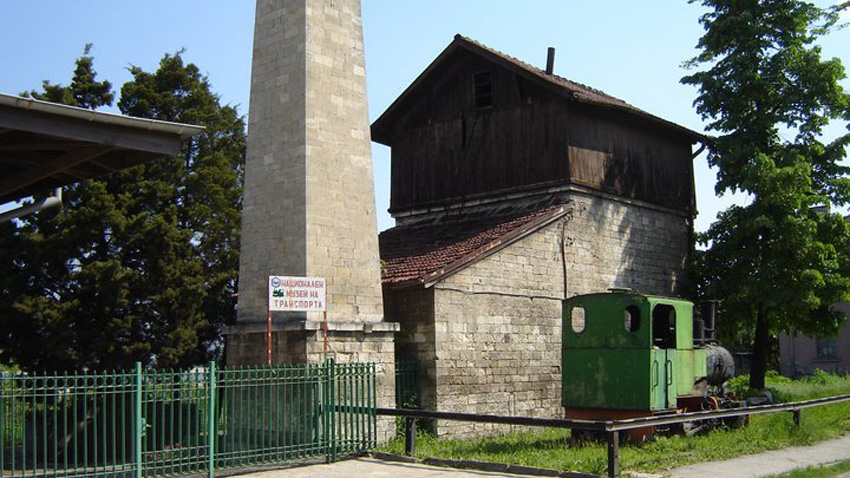
Meanwhile, Premier Stefan Stambolov made unsuccessful efforts to sign an agreement about the exploitation of Vakarel-Belovo railway line which was built by private entrepreneur Vitalis. Later, Stambolov used power against the personnel of that company and employed Bulgarian staff instead. The state started to use that line on August 1, 1888. The Bulgarian authorities also unveiled the Tsaribrod-Sofia-Belovo railway line for international transport.
Today the past of the Bulgarian railways is displayed in three museum expositions in the city of Ruse. The Old Train Station displays important moments of the development of the Bulgarian railway transport and its connection with the navigation in Danube. The Park Museum displays trains, freight carriages and special carriages dating back to the middle of the 19th century and the first decades of the 20th century. The collection of carriages which were once used for royal trips is the most luxurious one. Sultan Abdul-Azis, Bulgarian monarchs Alexander of Battenberg, Ferdinand, Boris 3 and other high-standing figures travelled in those carriages.
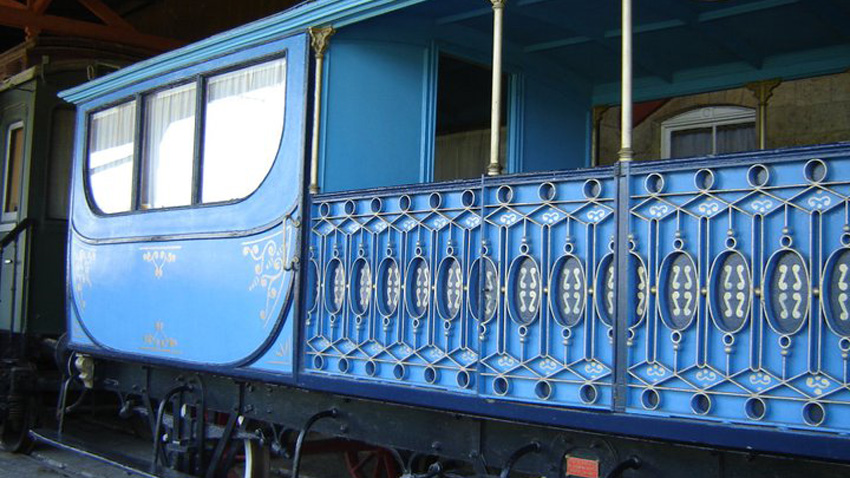
Four steam engines were fully renovated. A steam engine produced in Germany in 1941 used to travel at a speed of up to 120 kilometers per hour. That engine placed among the fastest steam engines in Bulgaria's history. Another steam engine was manufactured in 1942 also in Germany. It was nicknamed Baba Metsa (a colloquial name from Bulgarian folk tales, meaning Granny Bear), because it was one of the most-powerful engines of its time. It was fully renovated in 2015.
English version: Kostadin Atanasov
Although they came with the calling to uplift our world, the chosen ones not only followed their predetermined path, but also risked not fully revealing themselves because of their sacred duty to the Fatherland. Among these Renaissance Bulgarians was..
The Plovdiv Jazz Festival is celebrating its tenth birthday this year with a program, both in the summer and autumn, featuring some of the biggest names in the world of jazz. The autumn edition will announce the second largest city in Bulgaria - Plovdiv,..
The 138-minute Italian-French-Spanish biographical drama Limonov: The Ballad of Eddie (2024) has won the Grand Prize for Masterful Literary Adaptation at the CineLibri international feature film competition in Sofia. The film is an adaptation of..
World-famous opera singer Sonya Yoncheva has received the "Musician of the Year, 2023" award. It was presented to her by BNR Director General Milen..
Romanian President Klaus Iohannis awarded maestro Nayden Todorov the Order of Cultural Merit in the rank of Grand Officer, Category F - Promoting..

+359 2 9336 661
